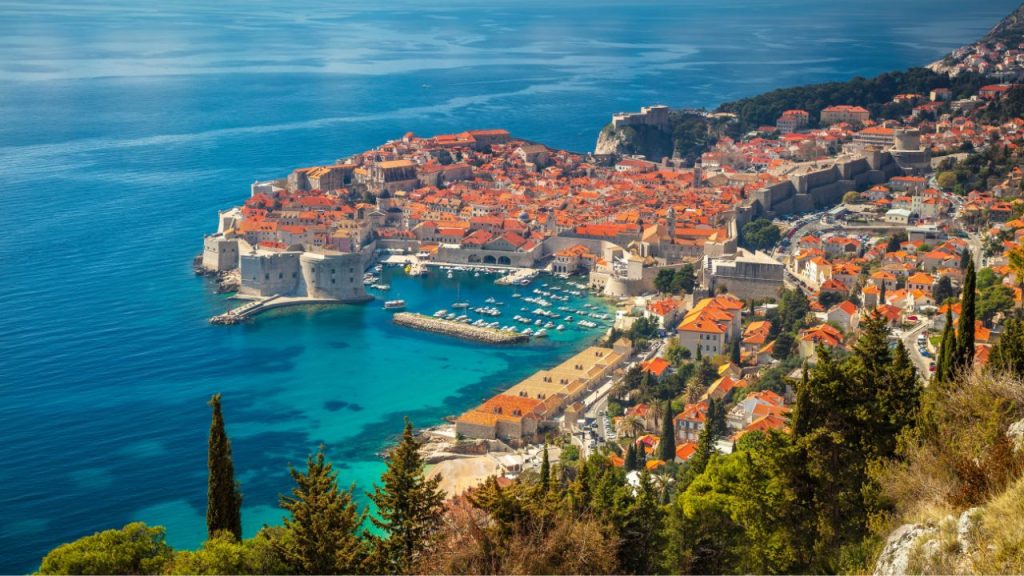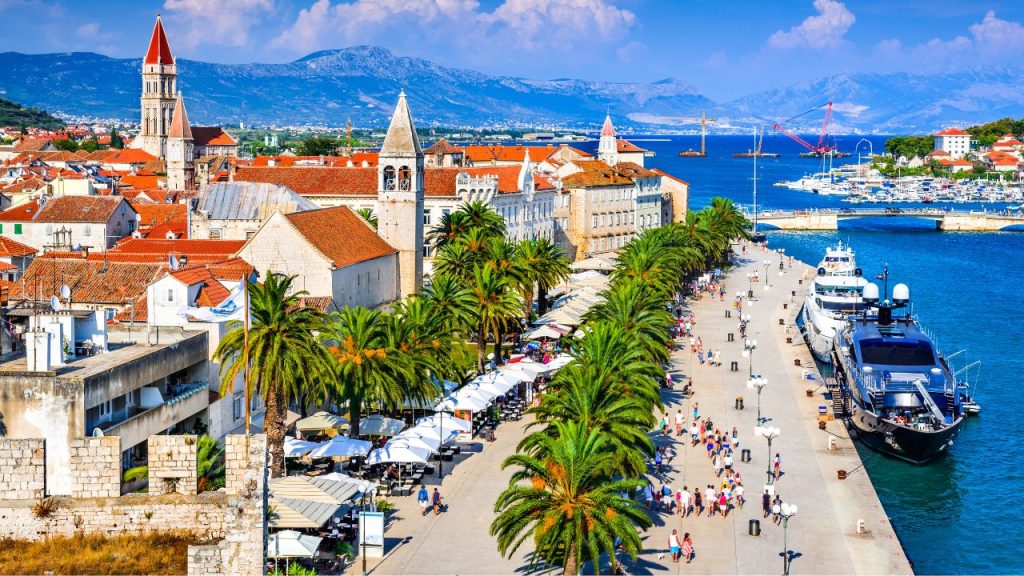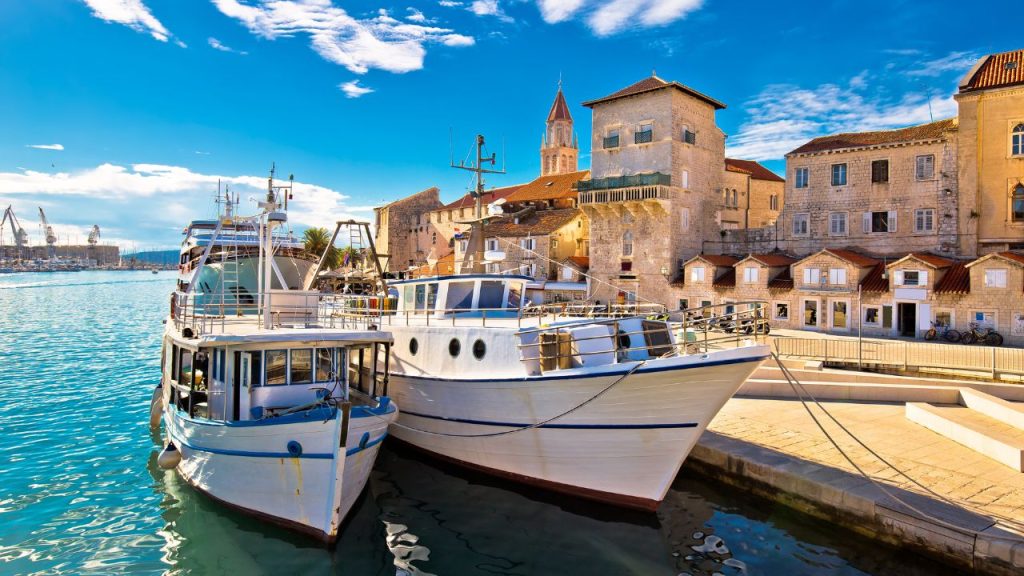Imagine sailing through the waters of the Adriatic, docking at ancient coastal towns steeped in history and culture.
Sailing along Croatia’s coast offers an unparalleled blend of scenic beauty, historical richness, and vibrant local culture. From the medieval walls of Dubrovnik to the Roman ruins of Split and the enchanting streets of Trogir, each town provides a unique glimpse into the past while offering modern amenities for the perfect yachting experience.
Dubrovnik
Historical Background Dubrovnik, known as the “Pearl of the Adriatic,” boasts a history dating back to the 7th century. It flourished as a major maritime power from the 13th to the 17th century. The city’s walls, completed in the 16th century, successfully protected it during the Ottoman wars.
Key Landmarks
- City Walls: Walk along the ancient city walls, which offer breathtaking views of the Adriatic Sea and the old town’s red-roofed buildings.
- Rector’s Palace: Visit the Rector’s Palace, a blend of Gothic and Renaissance architecture, which now houses the Cultural History Museum.
Cultural Experiences
- Local Cuisine: Don’t miss trying fresh seafood at a seaside restaurant, paired with local wines.
- Festivals: Experience the Dubrovnik Summer Festival, a celebration of music, theatre, and dance held within the historic city walls.
For more information on Dubrovnik, check out this guide.

Split
Historical Background Split’s history is deeply intertwined with Diocletian’s Palace, built in AD 305 by the Roman Emperor Diocletian as his retirement residence.
Key Landmarks
- Diocletian’s Palace: Explore Diocletian’s Palace, a UNESCO World Heritage site, where ancient Roman architecture meets vibrant modern life.
- Cathedral of Saint Domnius: Visit the Cathedral of Saint Domnius, originally built as Diocletian’s mausoleum, now the oldest cathedral in the world still in use in its original structure.
Cultural Experiences
- Local Markets: Stroll through the Green Market (Pazar), where you can buy fresh produce and local delicacies.
- Music and Nightlife: Enjoy live music at the Riva promenade, where cafes and bars come alive in the evening.
For more details about Split, visit this page.

Trogir
Historical Background Trogir, often referred to as a museum city, has been continuously inhabited for over 2,300 years. It was founded by Greek colonists and later flourished under Roman and Venetian rule.
Key Landmarks
- Historic Town Center: The entire historic town center of Trogir is a UNESCO World Heritage site, renowned for its well-preserved medieval architecture.
- Kamerlengo Castle: Visit the Kamerlengo Castle, a 15th-century fortress offering panoramic views of the town and sea.
Cultural Experiences
- Local Artisans: Explore local artisan shops that sell handmade lace, jewelry, and other crafts.
- Seaside Dining: Enjoy a meal at a waterfront restaurant, where you can savor Dalmatian cuisine while watching the sunset over the Adriatic.
Learn more about Trogir here.

Practical Tips for Yachting in Croatia
Mooring Tips: Mooring options are plentiful in Dubrovnik’s marina, Split’s ACI Marina, and Trogir’s waterfront.
Seasonal Advice: The best time to sail along Croatia’s coast is between May and September when the weather is warm and the seas are calm.
Whether you’re a seasoned sailor or a first-time yachtsman, Croatia’s historic coastal towns offer an unforgettable journey through time and culture. Set sail and create your own Adriatic adventure with SeaForce Yachting.

